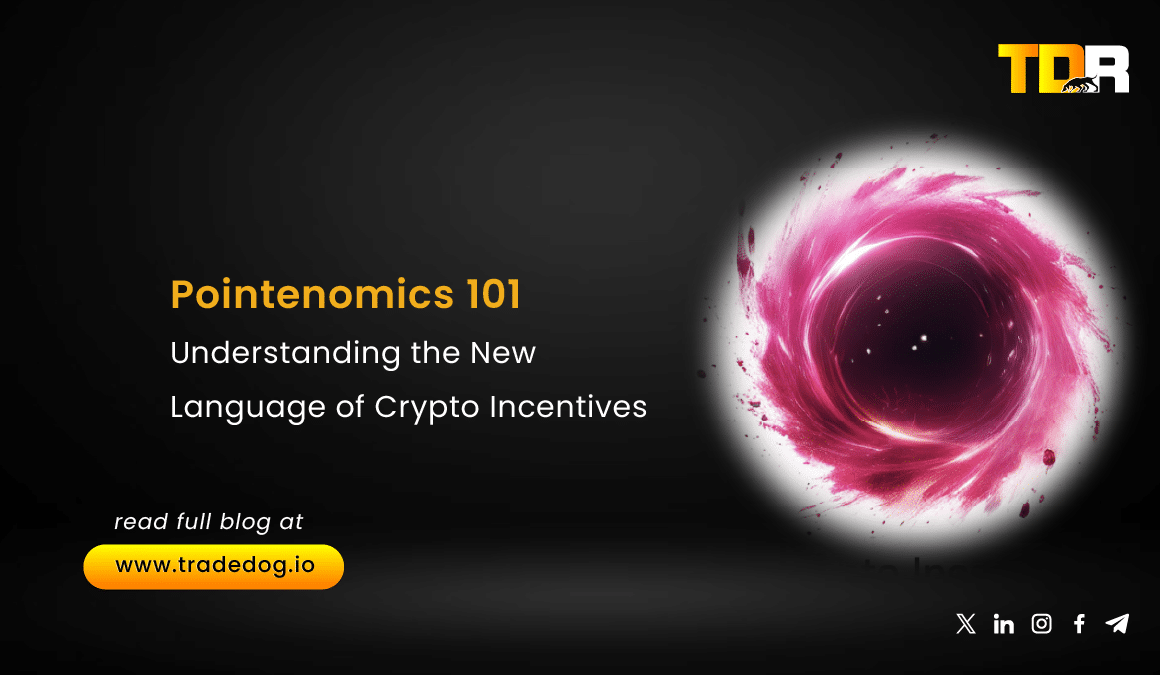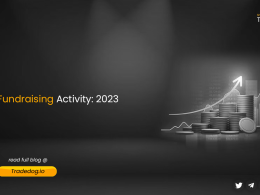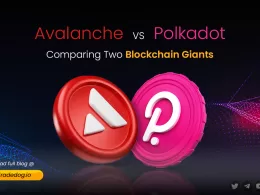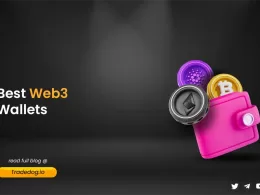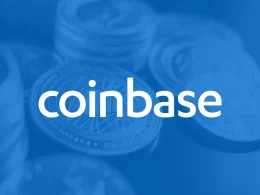Quick Links
A new era of digital loyalty is dawning in Web3, powered by innovative point systems. Since Blur’s points program in 2022, many projects have rushed to adopt this new incentive primitive and utilize its benefits. As we stand in 2024, a diverse ecosystem of point programs has blossomed, each adding unique flavors to the evolving points meta. This rapid evolution has created a rich tapestry of reward mechanics and targeted behaviors, offering unprecedented opportunities for user activation and retention. However, for new projects, navigating the intricacies of “pointenomics” can be daunting and in this blog, we will understand and dive deeper into this emerging narrative.
What are Points?
At its core, a point is a digital reward unit, valued for its utility or convertibility into tangible benefits such as exclusive access, product discounts, or direct monetary value in the form of airdrops. Projects deploy point programs strategically, not just to boost loyalty, but to drive product adoption, amplify network effects, and shape user behavior in ways that accelerate product growth.
Importance of Points Program
Benefits for Web3 Companies:
- Marketing: Paired with a referral program, points can help to widen the marketing funnel.
- Growth: Points lower the effective price of a product/service, boosting conversion rates and leading to growth in core KPIs, such as the number of active users.
- Stickiness/Loyalty: Point programs can improve product stickiness, leading to higher user Lifetime Value (LTV) and less churn.
- Product Launch: Dynamic point programs can help to drive significant adoption and assist in product launch with network effects. The key is to reward early adopters and ensure a smooth user onboarding to reach masses.
Benefits for Users:
- Incentives: This can be in the form of discounts, free products, exclusive access, and airdrops and more.
- Brand Appreciation: Effective loyalty programs make customers feel valued and emotionally connected to projects, creating a sense of psychological ownership.
Traditional Point Programs
Point programs have been a staple in Web2 for decades, driving customer retention and spending. Notable examples include airline loyalty programs like Delta SkyMiles and credit card rewards like Chase Ultimate Rewards, which have driven customer retention and spending, valued in billions of dollars per year.
The Web3 Points Revolution
The first Web3 project to introduce points was Blur in 2022, setting off a chain reaction in the crypto space. Many projects followed suit, with some reaching impressive scales. For instance, Eigenlayer’s point program is currently emitting an annualized $1.8 Bn worth of points per year, based on its $18 Bn TVL and a 10% APR cost of capital.
Web3 projects gain several unique advantages from point programs:
- Immediate Incentives: Projects can implement point programs much more quickly than tokens, enabling them to provide user incentives immediately and drive growth from the start. Tokens, on the other hand, require meticulous crafting, allocation planning, and timing considerations, making it challenging to prioritize them during a protocol launch. Tokens are also products and should not be rushed.
- Future Token Conversion: Points can be designed with the potential to convert to tokens in the future, thereby increasing their implied monetary value. This allows teams to effectively “borrow” liquidity from their future Token Generation Event (TGE) to fund current incentives.
- Enhanced Flexibility: Point programs give teams the flexibility to fine-tune their TGE timeline, airdrop allocation, and incentive structure without hindering growth. This agility supports more effective go-to-market (GTM) strategies. Unlike governance-ratified incentive programs, teams can adjust point programs freely. While token governance is the ideal endgame, the ability to remain agile can provide a competitive advantage in the early stages.
- Optimal Market Timing: Token launches generally perform better in bull markets. Point programs enable projects to build momentum and community during bear markets, positioning them for a successful token launch when market conditions improve.
Point Program Design
Curating an effective point program is the key to the success of projects implementing the same in their marketing strategy. Point programs in Web3 have evolved to include various sophisticated mechanisms. The most effective programs have Behaviors, a Base, and Boosts, and some have begun experimenting with Program Rewards.
Program Behaviors
These outline the user actions and behaviors that are rewarded with points, such as depositing on an L2 or trading on a new AMM. They include:
- Holding Unlocked Assets: Assets where users can freely deposit and withdraw (e.g., LRTs, Pendle YTs, Ethena sUSDe collateral deposits on Morpho).
- Holding Locked Assets: Assets where users need to wait some time to withdraw (e.g., Locked Ethena USDe, native restaking on Eigenlayer, Karak, and Symbiotic).
- Providing Liquidity: Similar to unlocked assets, but with the risk of passively selling your deposit asset (e.g., Thruster LP positions staked in Hyperlock).
- Engagement: Activities such as Likes, RTs, Comments, and Follows on social media handles along with engaging with the product regularly (e.g., Hamster Kombat).
Program Base
It includes the key details of the point program, such as the point emission schedule, timeline, and airdrop size and more.
A) Emission Schedule: Defines how often and in what size points accrue to holders.
- Discrete Rewards: One-off point allocations for specific actions. Examples include Blur’s reward for listing an NFT within 14 days, Lyra’s reward for attending a Twitter/X spaces event, and Napier’s rewards for social engagement and referrals.
- Continuous Rewards:
- Fixed Supply Emissions: The total supply of points is fixed within either the entire program or within an epoch/season. Examples include Hyperliquid and Morpho.
- Variable Emissions: Total supply is variable and a function of TVL, dynamically diluting earlier depositors. Examples include Eigenlayer and major LRTs.
B) Timing: Defines how long points will be issued for.
- Explicit vs Vague: Most projects specify a fixed duration for their points program or season (e.g., 6 months), but some provide a range (e.g., 3-6 months). Teams seeking additional flexibility may choose the more indefinite timeline, although it could potentially hinder growth.
- Conditional: Some programs or seasons are designed to end early if a key milestone is achieved before the original end date. If the expected season airdrop allocation is fixed, this creates a sense of urgency for participation. For instance, Ethena had a $1 billion TVL milestone for Season 1, which was remarkably reached in just seven weeks.
Program Boost
These are the team’s primary tools for awarding users a higher relative point share for specific, targeted behaviors. Below is a list of different boost mechanisms:
- Quality of Service Boosts: Incentivize one user group (e.g., liquidity providers) to improve the product’s quality for another group (e.g., traders) by distributing points based on contributions to the user experience. For instance, Blur rewarded LPs for quoting closer to NFT floors, and Merkl favored Univ3 LPs who quoted competitively and earned more trading fees.
- Referrals: Users earn a share of points (e.g., 10%) by referring others, aiding in marketing and acquiring high-volume users. However, there’s a risk of sybil attacks, as users could refer to their own addresses. Some projects, like Ethena and Blackbird, require referral codes for app access to generate additional buzz, though this may lower conversion rates.
- Base Boost: Amplifies point accrual rates to attract power users, rewarding them at a faster rate for the same usage. Non-power users may feel under-compensated and hard to attract. For example, Aevo had a Base Volume boost for traders.
- Loyalty Boosts: Reward users for exclusive allegiance to a product. Effective for products relying on network effects, as it increases relative value when a competitor’s network shrinks. Blur used this boost to capture market share from OpenSea. More effective for NFTs due to their scarcity, but less so for fungible tokens.
- Leaderboard Boosts: Encourage competition by rewarding the top point earners (e.g., top 100). This centralizes point ownership among power users but can drive higher KPIs. Blur utilized this in Season 3.
- Native Token Lockup Boosts: Reward point earners who lock up native tokens, demonstrating long-term commitment. This can decrease the outstanding float, increasing token volatility. Examples include Ethena’s $ENA and Safe’s $SAFE.
- Aggregate TVL Boosts: Incentivize user advocacy and marketing by awarding point boosts based on TVL growth. Examples include 3Jane’s AMPL-style point program and Overload’s promise to increase airdrop allocation upon reaching TVL milestones.
- Locked Boost: Rewards future stickiness by offering boosts for locking up resources. Examples include EtherFi’s StakeRank 1-2x boost in Season 2 and Hourglass’ 1-4x boost for various term lengths.
Potential Shortcomings of Points Systems
- Centralization: Point programs are centralized incentive mechanisms, often opaque and hidden from the user. Transparency is crucial for building trust with the user base. Lack of transparency in total point supply, distribution logic, and accrual history can erode user trust.
- Point Fatigue: As new point programs flood the ecosystem, users struggle to keep up, leading to fatigue and lethargic migration between point programs.
- Masking Product Market Fit (PMF): Points risk hiding organic interest that’s instrumental in finding PMF. Even after PMF is validated, teams need to build enough organic traction to find sustainability in their product/service before tightening their incentives.
- Criticism of Airdrop Allocations: Ungenerous point holder allocations and Sybil-prone airdrop distributions often blame point programs, when the fault lies in airdrop planning. Unexpected geo-blocking from claiming airdrops can also frustrate users.
Future Outlook
Looking ahead, point programs are expected to evolve to address transparency and point fatigue and future point programs may exist on-chain to bring greater transparency. Addressing point fatigue may involve empowering users to quickly and confidently assess point valuations. Secondary markets could also help users price points and reduce fatigue, offering exit strategies and creating a more dynamic point economy.
As the space matures, further innovation in point program design and implementation is expected, balancing transparency with flexibility and aligning point programs closely with overall project goals and user needs. For builders and projects in the Web3 space, understanding and harnessing the potential of well-designed point programs can be vital for sustainable growth. As we progress, points will likely remain a key element of crypto incentive structures, influencing the future of DeFi and beyond.





